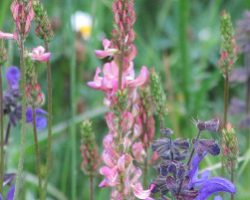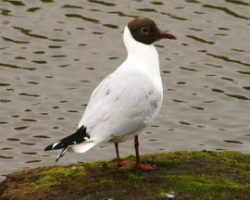Preventing plant disease
Michelle Hulin won the Best Biology Student category of the SET Awards 2013 for her final year project “Preventing Global Disease Spread of a Major Commodity Crop” whilst studying at the University of Bath. Here she blogs about her project and her experience of winning the Award which was judged by the Society of Biology. With the human population predicted to reach 9 billion by 2050, food production must double which will inevitably put our agricultural system under great stress. Plants play an essential role in our day to day lives, providing us food, fibre and other commodities. However, plant pests and pathogens are a major threat to our crops, with fungal pathogens alone causing losses of 10-16% of global food production. Whilst studying Biology (BSc) at the University of Bath, I realised that as the next generation of scientists our research may contribute towards resolving these issues. During my degree I…


